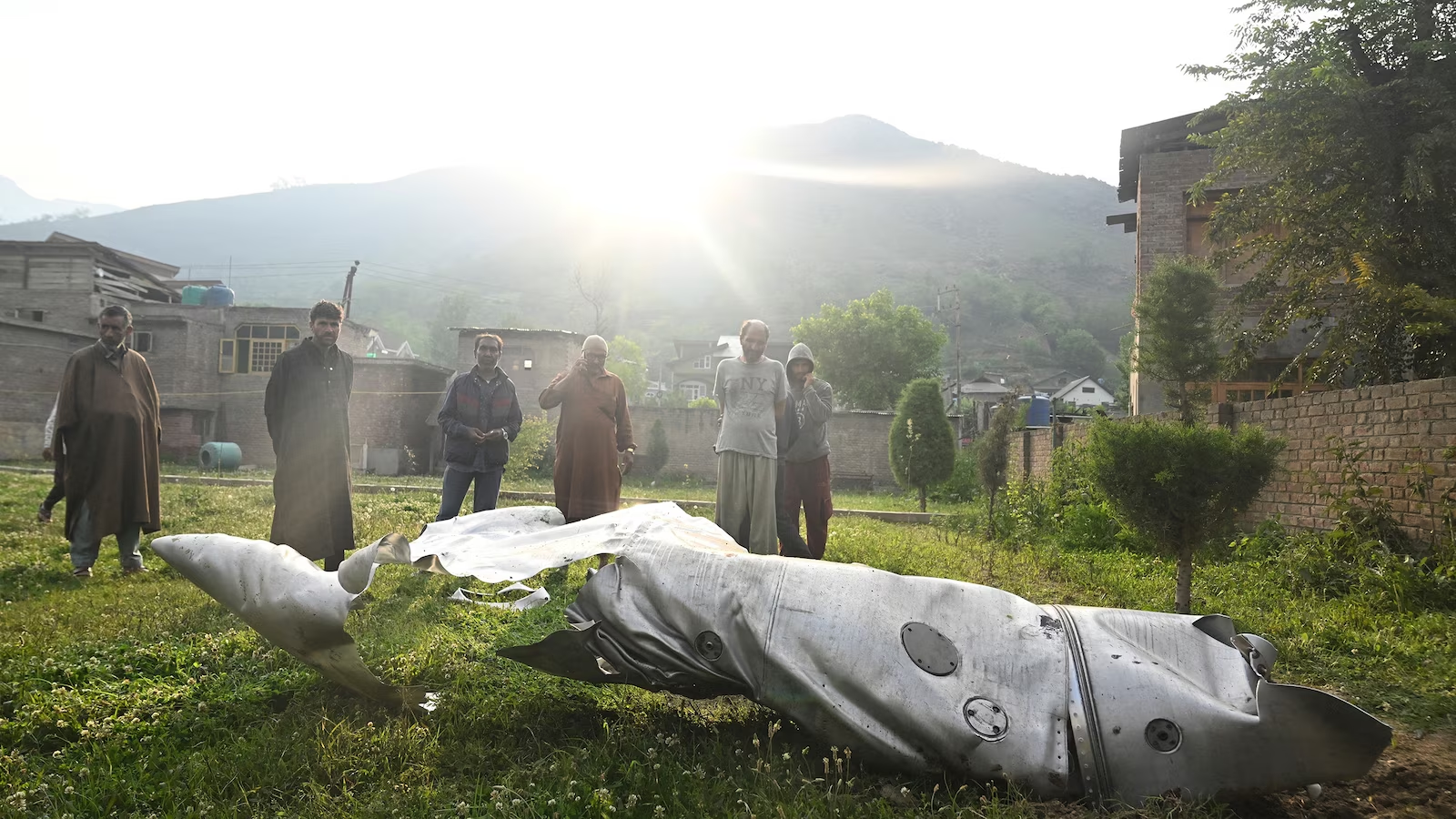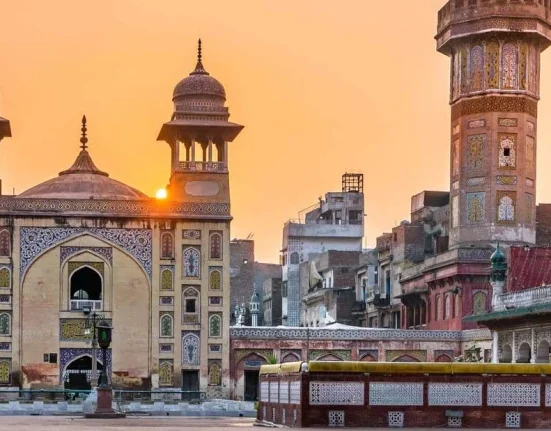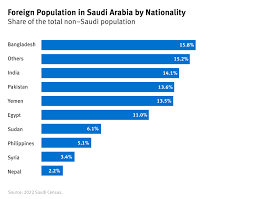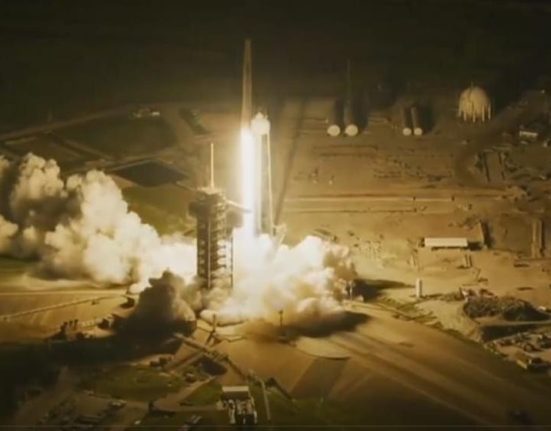Tensions in South Asia took a deadly turn on Wednesday, May 7, 2025, as Indian missile and aerial strikes hit multiple areas in Pakistan’s Punjab province and Pakistan-administered Kashmir, leaving at least 26 civilians dead and 46 others seriously wounded in what Pakistani authorities have described as the worst escalation between the two nuclear neighbours in more than two decades.
The strikes, launched in the early hours of the morning, reportedly targeted no fewer than nine sites across the affected regions. According to Pakistani officials, the dead include women and a three-year-old child, with scores of others injured as residential buildings, mosques, and local infrastructure bore the brunt of the assault. The sudden barrage sparked widespread panic, forcing families to flee their homes in the darkness. In the capital of Pakistan-administered Kashmir, Muzaffarabad, residents recounted harrowing moments of terror as loudspeakers from mosques urged communities to seek cover amid the deafening sound of explosions.
Scenes at hospitals in towns such as Kotli, Bahawalpur, and Muridke were described as chaotic, with overwhelmed medical staff racing against time to treat wounded civilians, some of whom suffered burns, fractures, and shrapnel injuries. Several religious sites also sustained heavy damage, including mosques whose minarets were reduced to rubble and whose roofs collapsed under the impact of the blasts.
India has since defended the offensive, labelling it a precise military operation aimed at eliminating what it called “terrorist infrastructure” allegedly linked to the April 22 attack in Indian-administered Kashmir, which claimed the lives of 26 Indian and foreign tourists. New Delhi insisted that care was taken to avoid civilian areas and claimed the targets were non-military installations harbouring militant elements.
However, Pakistan has strongly refuted India’s narrative, describing the strikes as “an unprovoked act of aggression” and accusing the Indian military of deliberately hitting civilian-populated zones. The Pakistani government has branded the attack a “blatant act of war” and vowed an appropriate and timely response, asserting its right to defend its territorial sovereignty and citizens.
In the immediate aftermath of the strikes, cross-border shelling was reported along the Line of Control, with both sides engaging in artillery exchanges throughout the morning. Local sources on both sides of the divide have indicated further civilian injuries, though the full extent remains unclear. Pakistan’s military spokesperson announced that its air defence units had intercepted and downed multiple Indian aircraft during the skirmish, though Indian authorities have neither confirmed nor denied the claims.
This fresh bout of violence has reignited global fears of a broader military confrontation between the two long-standing adversaries, both of whom possess nuclear arsenals. International powers including the United States, China, and Russia have since called for maximum restraint, urging both Islamabad and New Delhi to pursue diplomatic channels and avoid further bloodshed.
As tensions simmer and regional security hangs in the balance, the people caught in the crossfire—many of them ordinary civilians—are left counting the cost of yet another tragic chapter in the long and volatile history between India and Pakistan.







